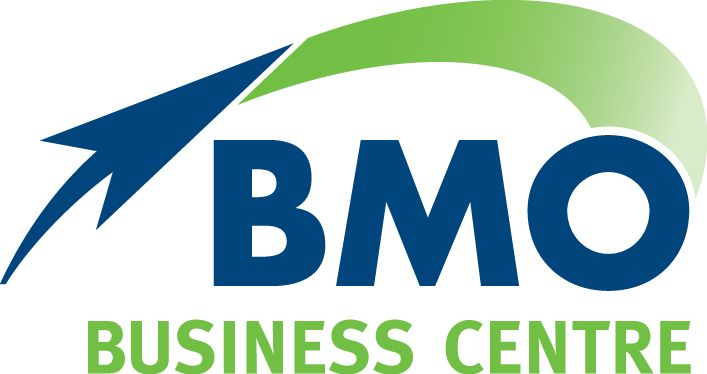Your future just got a super boost – are you ready?
With the new financial year comes a fresh wave of superannuation changes that could make a real difference to your retirement savings.
Let’s unpack what’s changing - and how to make the most of it.
The SG rate hits 12%
One obvious lift to retirement incomes is the increase in the Super Guarantee (SG) rate from 11.5 per cent to 12 per cent. That means more going into your super account.
Your employer must now pay 12 per cent of your ordinary time earnings into your chosen super account. So, it’s a good idea to check your first payslips for the new financial year to make sure the changed rate is applied.
If you have a salary sacrifice arrangement, note that the SG calculation applies to your total salary, as if the arrangement was not in place.
For a quick update on what the change will look like for your super balance, check the MoneySmart calculator.
More for retirement phase
Beyond your regular contributions, the amount of super that can be transferred into the retirement phase – known as the general transfer balance cap (TBC) - has increased from $1.9 million to $2 million from 1 July 2025.i
If you exceed the cap, you’ll need to transfer the excess back to your accumulation account or withdraw it as a lump sum - plus, you may pay tax on the earnings.
If you’ve already started a retirement income stream, you’ll have a personal TBC - your own individual limit, which may be less than the general TBC. Your personal cap is based on the general cap at that time you started, adjusted for how much you’ve used and any indexation you’re entitled to.ii
For example, if you started a pension with $2 million on 1 July 2025, you’ve used your entire cap. The cap doesn’t limit the amount you can hold in super. If you have more than the cap available, the remainder can be left in your super fund’s accumulation account.
You can check your cap in ATO online services, which records all the debits and credits that make up your balance.
Special rules apply for defined benefit income streams.
More qualify for after-tax contributions
The change in the general TBC to $2 million may also allow you to increase non-concessional (after-tax) contributions using the bring-forward rule. While the $120,000 annual limit on non-concessional contributions hasn’t changed, eligibility for using the bring-forward rule now applies to those with a total superannuation balance below the general TBC of up to $2 million.
The rule allows you to bring forward the equivalent of one or two years of your annual non-concessional contributions cap ($120,000), allowing you to make contributions two or three times more than the annual cap.
No change to contribution caps
While more investors may now be eligible to access the bring-forward rule, the caps on both concessional (before tax) and non-concessional contributions haven’t changed.
The tax paid on contributions depends on whether you’re paying from before-tax or after-tax incomes, you exceed the contribution caps, or you’re a high income earner.iii
The concessional contributions cap is $30,000 and if you have unused cap amounts from previous years, you may be able to carry them forward to increase your contribution in later years. You can make up to $120,000 in non-concessional contributions each financial year and you may be eligible for the bring-forward rule allowing up to $360,000 in one contribution.
Not sure how the rules affect you? Talk to us today about how to stay ahead and make the most of your retirement savings plan.
Awaiting the new $3m tax
The proposed new tax on earnings above $3 million in super accounts, known as the Division 296 tax, has not yet been ratified by Parliament. Nonetheless, it is expected to be applied from 1 July 2025.
The new tax doubles the tax rate from 15 per cent to 30 per cent for earnings on balances that exceed $3 million.
An earnings loss in a financial year, can be carried forward to reduce the tax liability in future years.
ii Calculating your personal transfer balance cap | ATO
iii Concessional and non-concessional contributions | ATO


